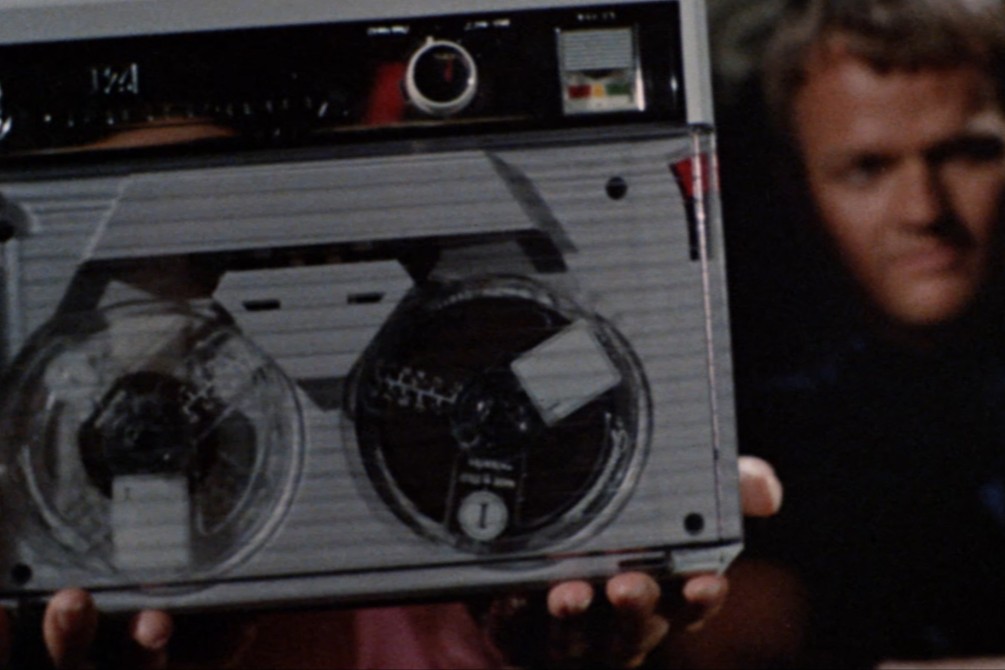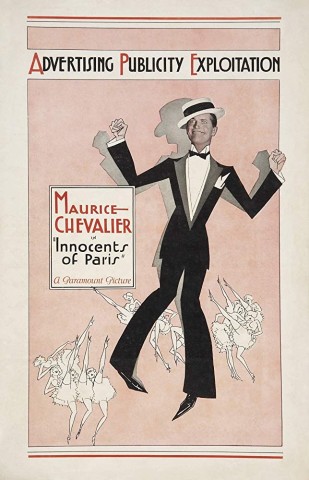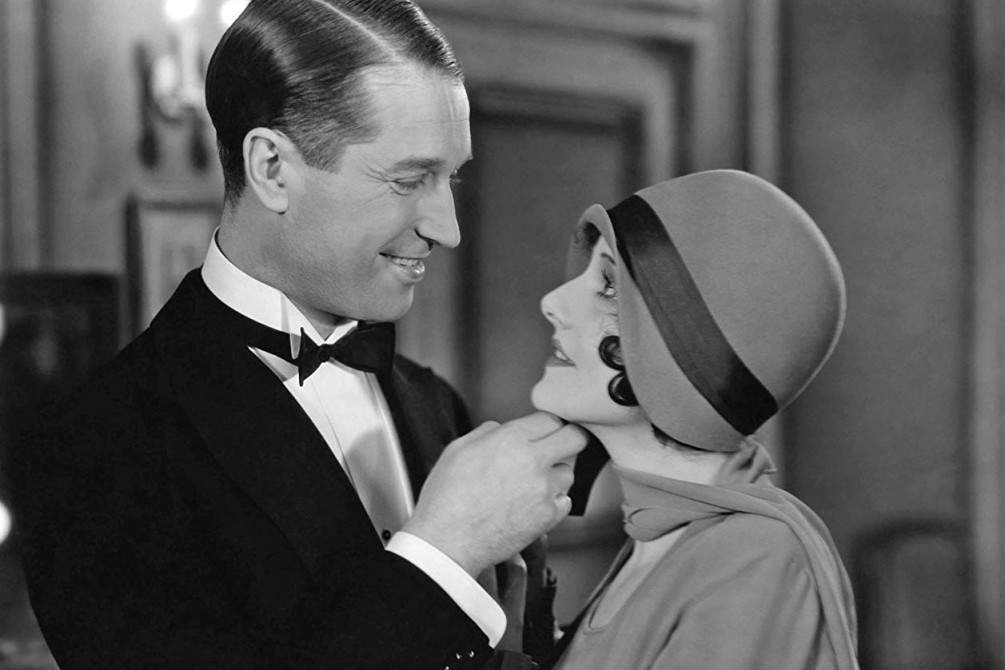
A Part of The Music Box 90th Anniversary
When the Music Box Theatre opened in 1929, it was the city’s first dedicated talkie house. For audiences, talking pictures represented not just a new way of seeing movies, but a new idea of what a movie could be, with an expanded horizon of stars and subjects never exploited on the silent screen. Broadway and vaudeville talent could enunciate before the camera and international performers could command American audiences from sea to shining sea. Maurice Chevalier, a performer whose magnetism practically justified the talkies all by itself, made his American debut in 1929 with INNOCENTS OF PARIS. Chevaliar plays a singing junkman whose ascent to a fancy music hall threatens his romance with Louise (Sylvia Beecher). As Paramount’s exhibitor pitch put it, “They’ll HEAR him sing ‘Louise’—especially written for Chevalier and already a popular song hit. And four other big hit song numbers. They’ll HEAR him make love and talk—in English. They’ll SEE him dance.”
In honor of our opening on August 22, 1929, we’ll screen INNOCENTS OF PARIS, along with a program of selected short subjects that encompass the full range of sights and sounds theater-goers enjoyed ninety years ago.
35mm print courtesy of Universal
About INNOCENTS OF PARIS
Maurice Chevalier made four Paramount features in 1929 and 1930 that played in Chicago– “Innocents of Paris,” “The Love Parade,” “Playboy of Paris” and “The Big Pond.” Although the first “all talkie, all-singie” by the French songbird and hoofer screened in Chicago at the Belpark, Berwyn, Central Park, Crystal, Paradise, Tivoli, United Artists and Uptown theaters the summer of 1929, "Innocents of Paris” never reached the Music Box then. Nor did Chevalier’s next three U.S. features.
Paramount vice-president Jesse Lasky went to Paris in the fall of 1928 to sign the song-and-dance headliner at the Casino de Paris for $3,000 a week. The New York City press welcome overwhelmed Chevalier: “I felt I had been captured in the midst of a combat assault.”
After seeing the finished film– “Innocents of Paris” was made in English, French and silent versions– Lasky said: “His voice has as much `IT’ as Clara Bow’s personality.” “`Eet?’ asked the Frenchman. `What is ziz `EET?’” inquired the crooner of "I Want to Be Keesed,” according to a Brooklyn newspaper. "`Innocents of Paris’ is a one man show and Monsieur Maurice Chevalier is IT,” concluded Mae Tinée in her Chicago Tribune review. When Chevalier passed through the city on his first trip to Hollywood, the newspaper ran a photograph of him visiting its 25th floor observatory.
After the premiere actor Adolphe Menjou, cast in earlier films by the same director of “Innocents of Paris,” counseled Chevalier: “I won’t kid you, Maurice, the picture’s not the greatest. But you are going to be the greatest French success America will ever see!” Time Magazine noted at the time: “He had been built into a cinema celebrity with the most expensive and intense advertising campaign ever invested in a foreign actor.” Chevalier would get Best Actor nominations for his third and fourth Hollywood films.
“I am now sneaking into the talkies– hoping Mencken and my other highbrow friends will not see me,” admitted New York theater critic Benjamin De Casseres, an unapologetic Chevalier fan: “Il a le It!”
A band struck up “La Marseillaise” at Gare St. Lazare for Chevalier’s homecoming. “With the French national anthem blaring in my ears, as if I were a war hero approaching the Arc de Triomphe,” he enthused: "L'Amerique, c'est swell! Nouveau York, c'est swell! L'Hollywood, c'est la plus swell!”
– Bill Stamets
Now Showing
January 1 – January 8 / View All
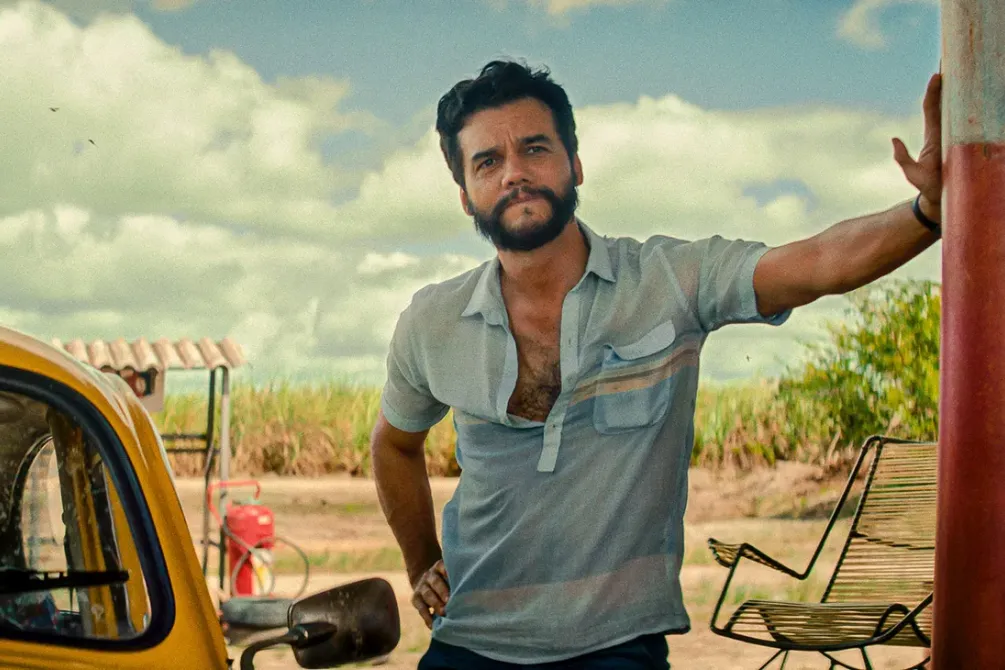
Working Girl: The Films of Barbara Stanwyck
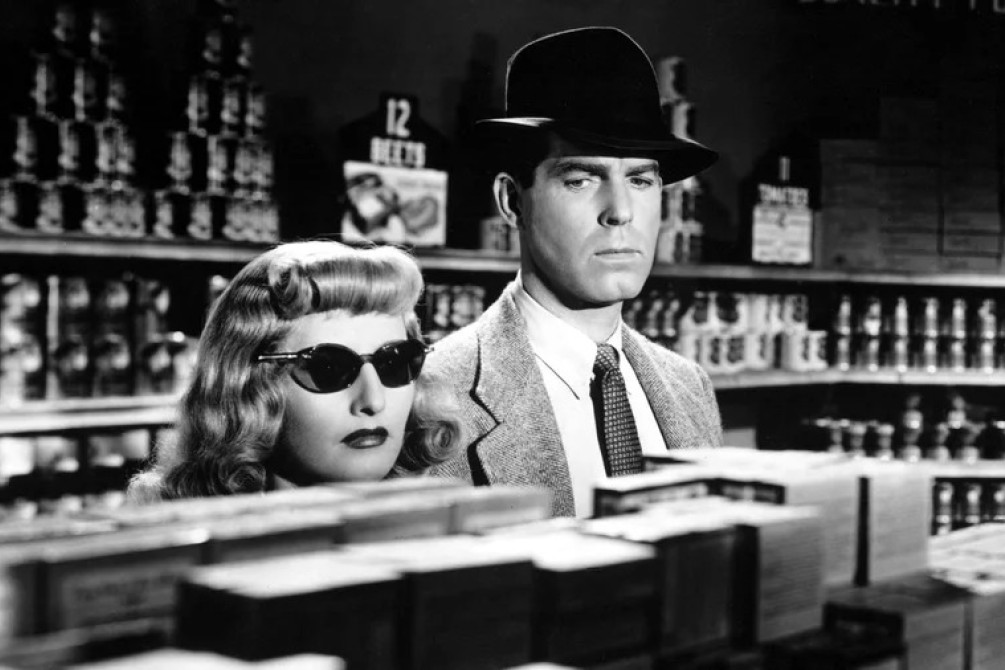
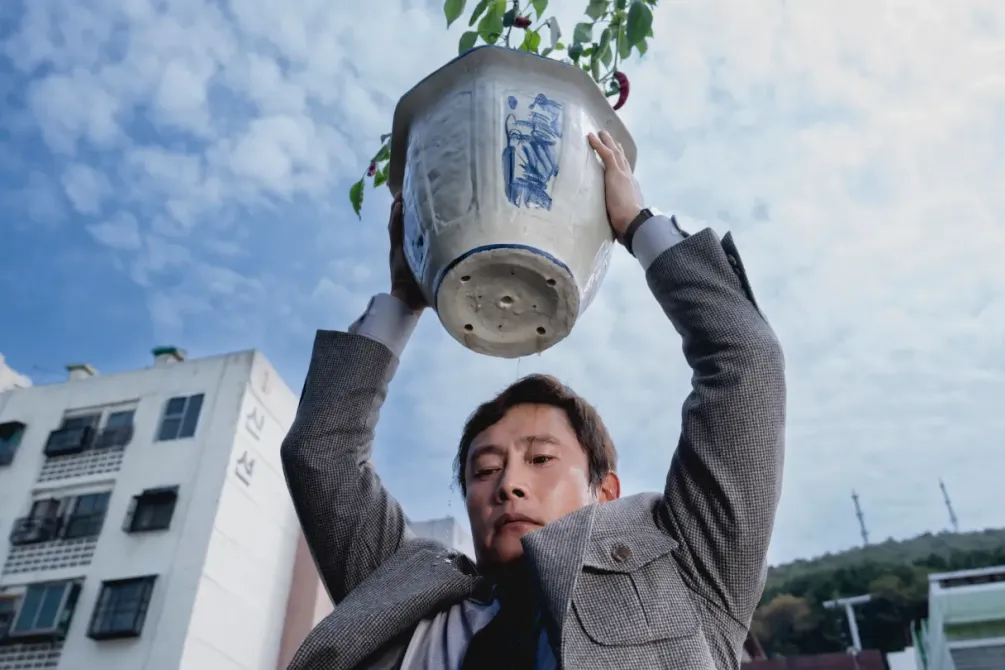
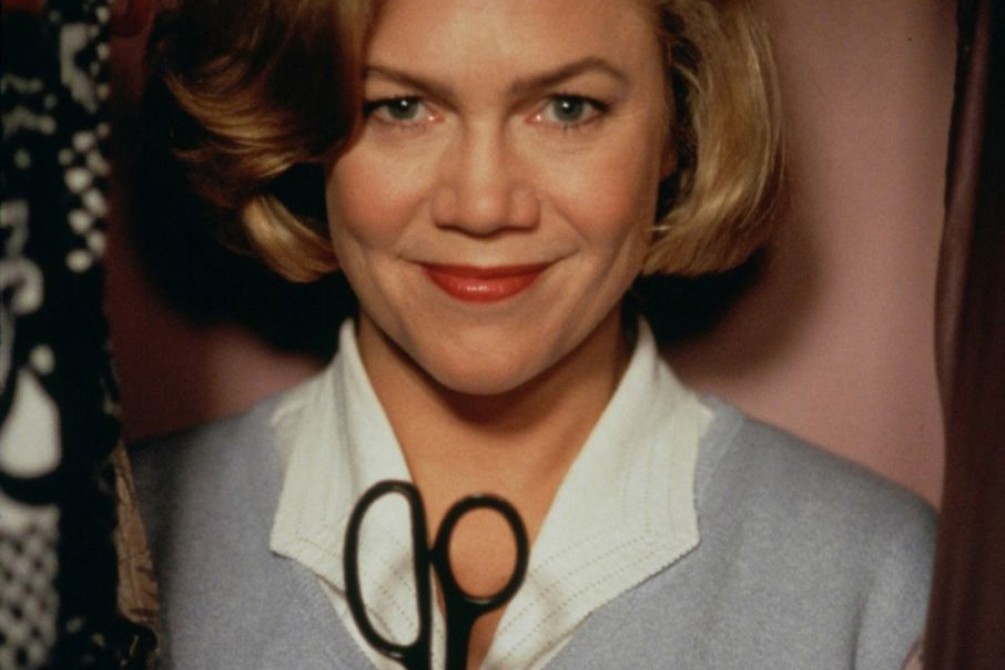
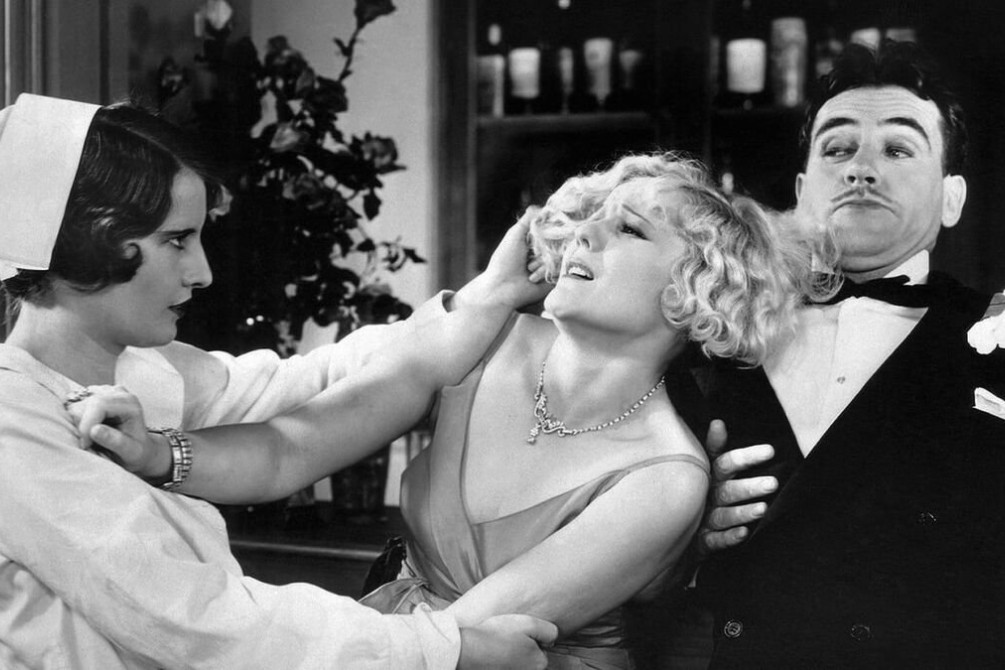
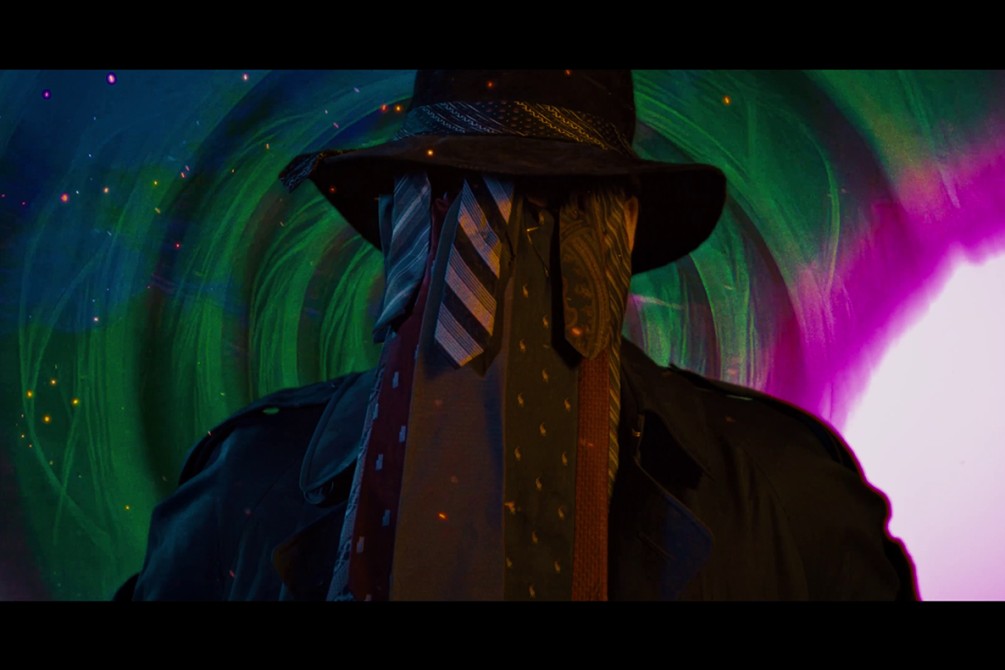
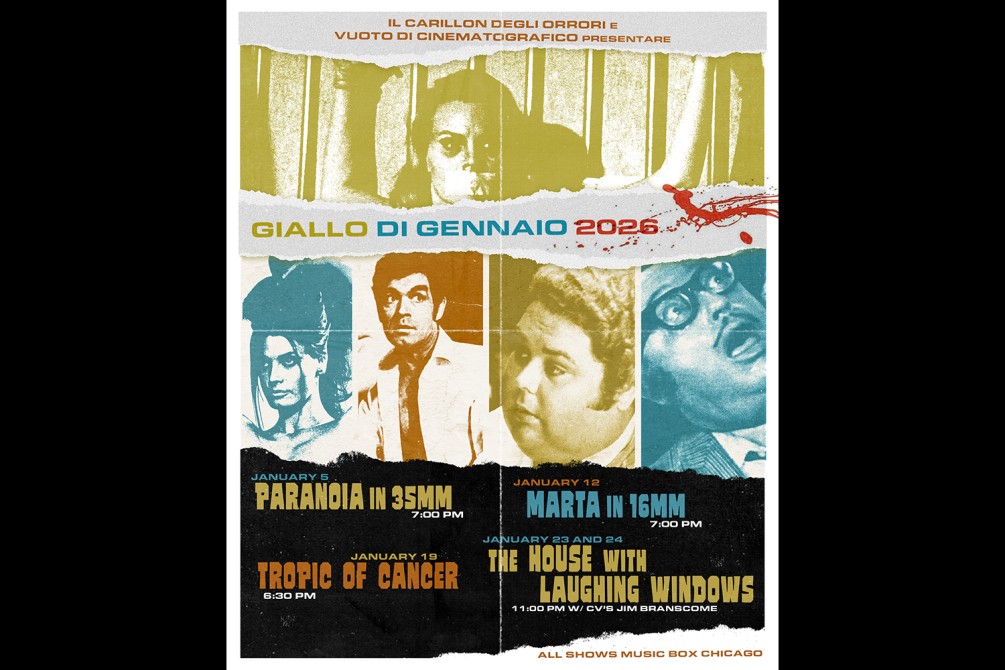
January Giallo 2026
